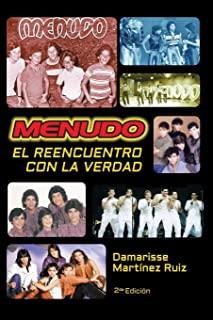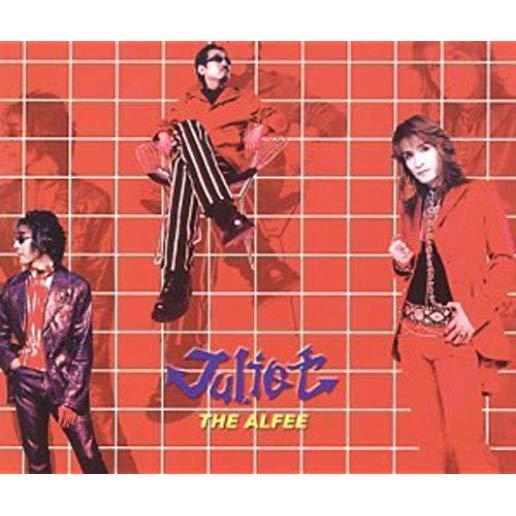
description
ed Estero Island on navigational charts was dubbed Fort Myers Beach in the early part of the 20th century by city folks who spent their weekends on its wide, sandy beaches. Centuries earlier, an abundance of fish and other seafood made the 6.5-mile-long island attractive to its earliest inhabitants, the Calusa, as well as explorers, fisherfolk, and a pirate or two. In the late 19th century, early homesteaders were lured by stories of free tillable soil in a balmy climate surrounded by warm waters and ankle-deep shells. When pink shrimp, labeled "Pink Gold," were found in nearby waters, another influx of residents arrived. Today, the island is best known as an energetic resort community, but it retains the influence and charm of its remarkable past.
member goods
No member items were found under this heading.
notems store
listens & views

MUSIC FROM TANZANIA & ZANZIBAR ...
by MUSIC FROM TANZANIA AND ZANZIBAR 3 / VARIOUS
COMPACT DISC$19.25
Return Policy
All sales are final
Shipping
No special shipping considerations available.
Shipping fees determined at checkout.






